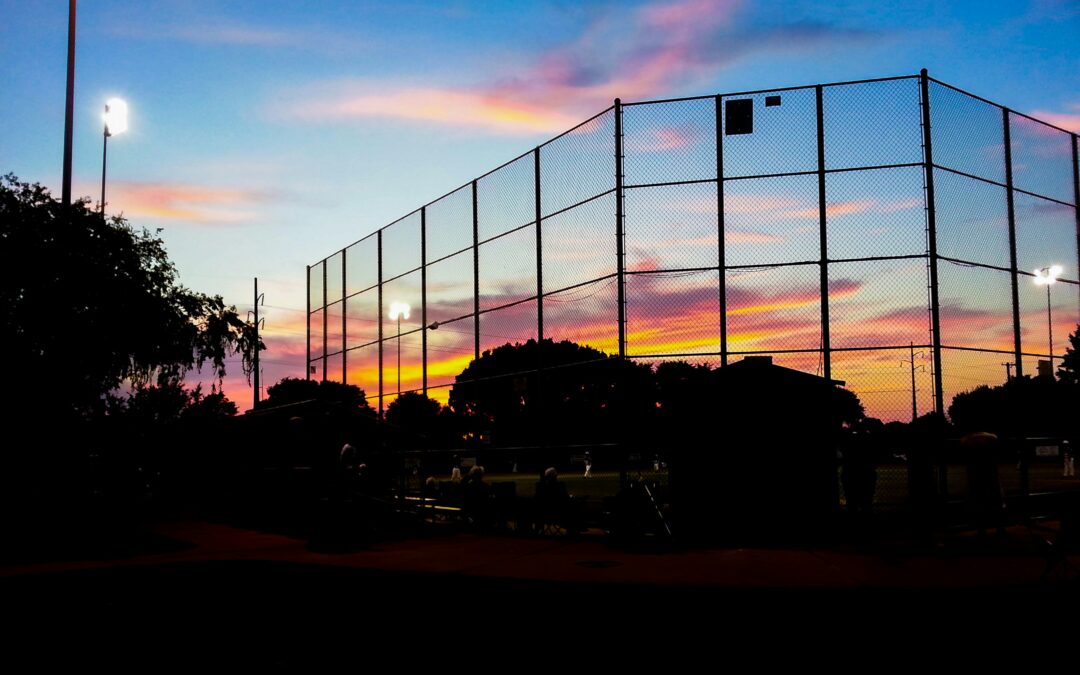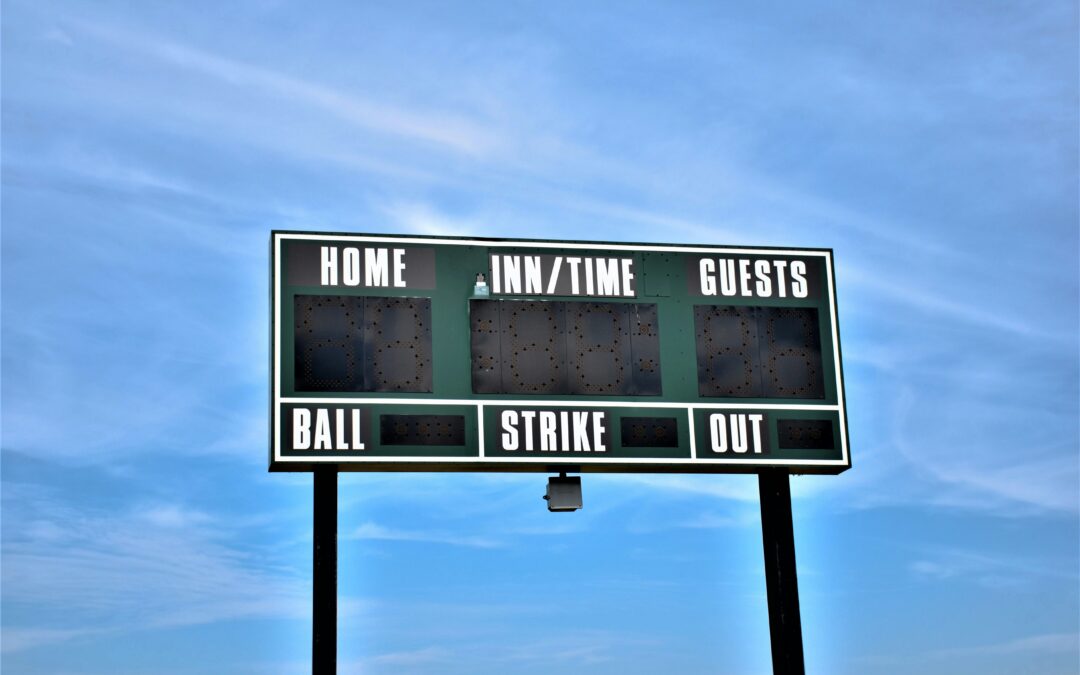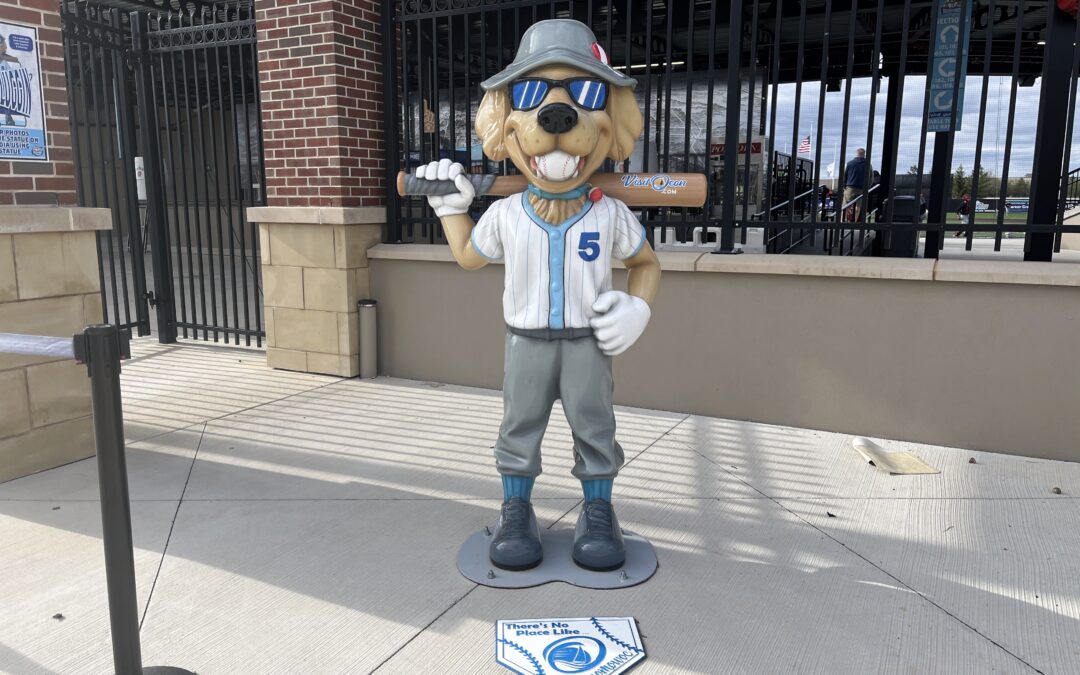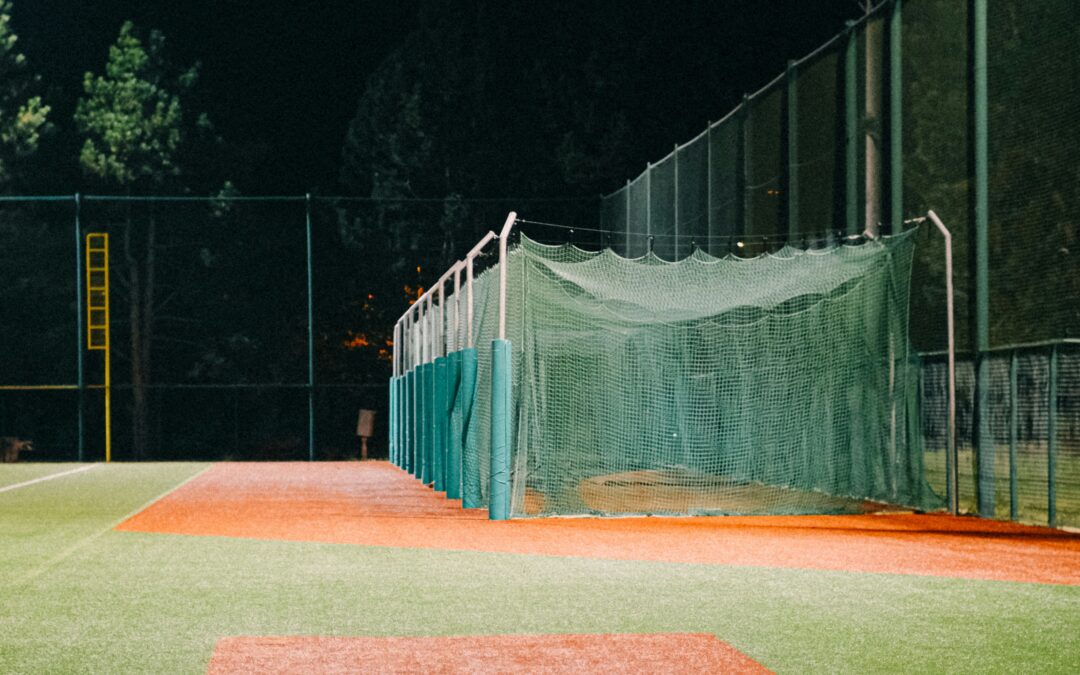In the Milwaukee metropolitan area, few topics stir philosophical debate among suburban communities as much as sidewalks. As reported by the Milwaukee Journal Sentinel, these concrete pathways—designed to keep pedestrians safely off streets in urban environments—represent a stark divide between city and rural identities. While sidewalks are a staple of city life, their presence or absence in suburban and rural settings sparks contrasting views on safety, connectivity, and lifestyle.
In cities like Waukesha and Oconomowoc, sidewalks are deeply ingrained in the urban fabric. Jennifer Andrews, Waukesha’s community development director, told the *Sentinel* that residents expect pedestrian connections for safety and access to schools, parks, and shopping. “Our residents expect sidewalk and pedestrian connections,” Andrews said, noting visible worn paths where sidewalks are absent. Historical photos from 1941 show sidewalks already lining Waukesha’s neighborhoods, predating widespread motor vehicle use. Mayor Shawn Reilly echoed this sentiment, emphasizing that sidewalks are a norm, heavily used during warmer months. Similarly, Oconomowoc City Planner Jason Gallo highlighted the city’s “historic lake walk” around Fowler Lake, a two-mile sidewalk route popular among walkers. “As a planner, I do promote connectivity,” Gallo said, underscoring safety and “walkability” as key benefits.
Yet, just beyond these cities, attitudes shift. In the Village of Waukesha—incorporated in 2020—sidewalks are virtually nonexistent, reflecting a preference for a rural atmosphere. Outgoing village president Bob Stigler told the *Sentinel*, “I think people still expect us to be a suburban, rural community where sidewalks aren’t an issue.” Residents and developers alike seem content without them, and Stigler noted little demand for change. The village’s lone sidewalk, along Les Paul Parkway, was imposed by the state in 2019 despite local opposition—a path left unmaintained in winter, symbolizing the community’s ambivalence.
Urban planners weigh in with a broader perspective. Carolyn J. Esswein and Robert Schneider, co-chairs of the University of Wisconsin-Milwaukee’s Department of Urban Planning, advocate for sidewalks as essential infrastructure. Esswein, cited in the *Sentinel*, emphasized that sidewalks “add value, are accessible for all ages and abilities, and create an opportunity for social connections.” Schneider added a safety angle, referencing a study showing an 88% lower risk of pedestrian crashes where sidewalks exist, especially at night when over 75% of pedestrian fatalities occur nationally.
However, resistance persists in less dense suburbs. Cost, maintenance, and a desire for green space often outweigh the pros, Esswein noted. Some communities, like Brookfield and Mequon, adopt a hybrid approach, installing sidewalks along major roads or in emerging town centers like Oak Creek’s Drexel Square. In these areas, sidewalks cater to mixed-use zones rather than blanket coverage.
The Sentinel highlights a clear tension: sidewalks symbolize safety and community for some, while others see them as an urban intrusion on rural charm. As suburban landscapes evolve, this debate is unlikely to fade soon.










